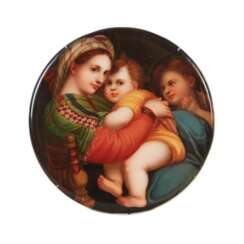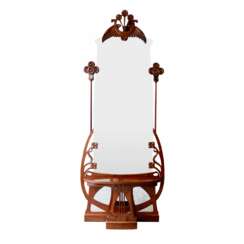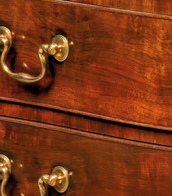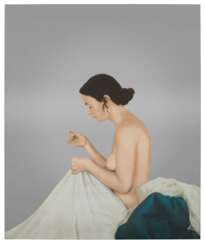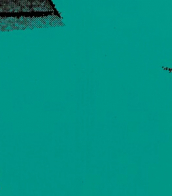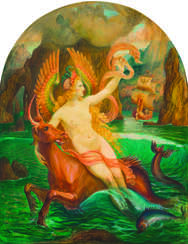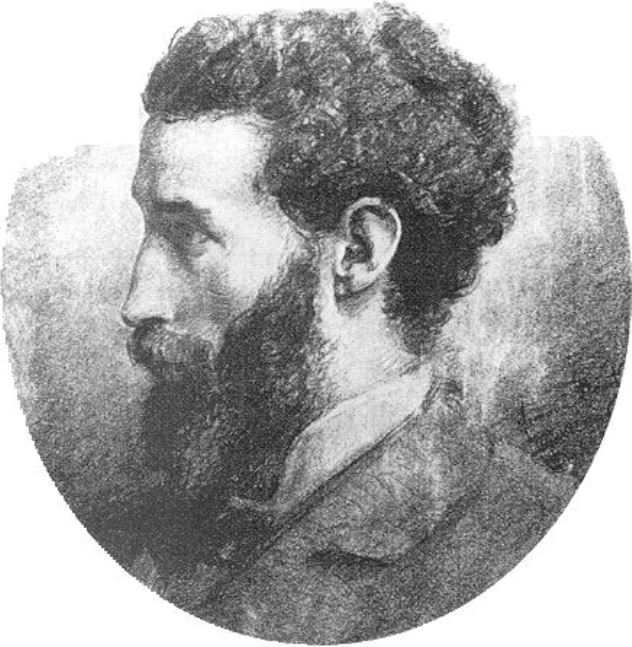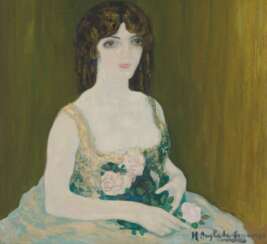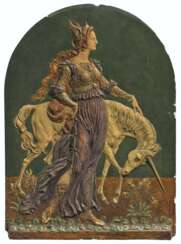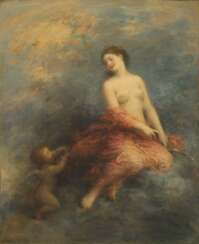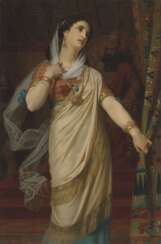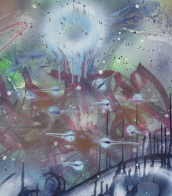красота
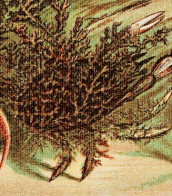

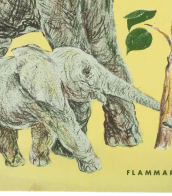
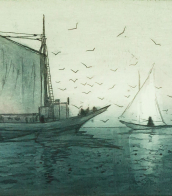

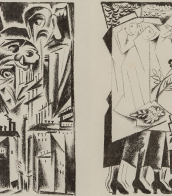

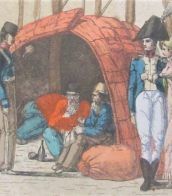

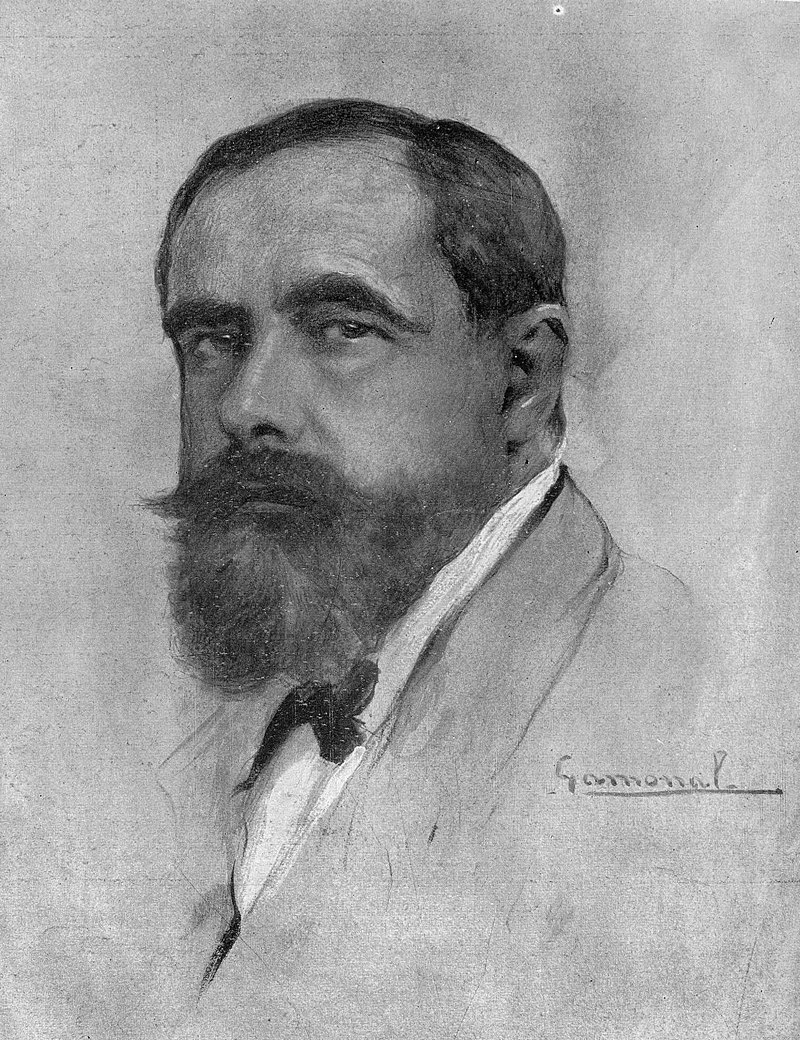
Hermenegildo Anglada Camarasa was a Spanish painter.
Camarasa studied at the Llotja de Barcelona School of Fine Arts under Modeste Urgel, whose work influenced his first landscapes. He moved to Paris in 1894, studying at the Académie Julian and the Académie Colarossi. His colorful style of painting shows a strong Oriental and Arabic influence, and his decorative style is associated with the work of Gustav Klimt.
In the early 1990s, Camarasa opened a painting school attended by many students, including Marie Blanchard. He was one of the founders of the Autumn Salons of Paris and was associated with the artists of the Vienna Secession. Camarasa's works from these years, depicting nighttime street scenes, Parisian cabarets and music halls, attracted the attention of Pablo Picasso, who had recently arrived in Montmartre; he even painted a profile portrait of Anglade.
In 1901 Camarasa took part in an international exhibition in Dresden, where he was a great success. He subsequently exhibited all over the world and was awarded gold medals in Venice (1907) and Buenos Aires (1910). During the war years 1939-1947 the artist lived in exile in France.
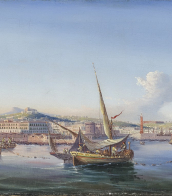
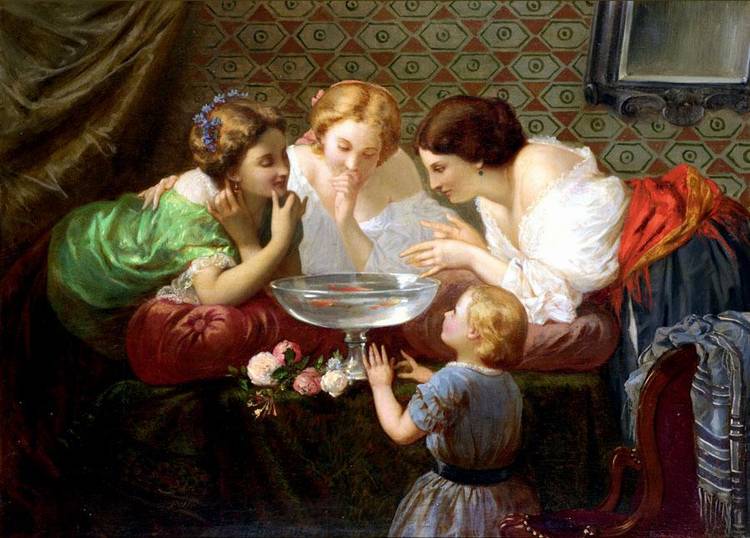
Henri-Pierre Picou was a French painter. His oeuvre began with portraits and classical historical subject matter but he later moved on to allegorical and mythological themes.
He was an academic painter and one of the founders of the Neo-Grec school, along with his close friends Gustave Boulanger, Jean-Léon Gérôme, and Jean-Louis Hamon, also academic painters. All of them studied in the workshops of both Paul Delaroche and later Charles Gleyre. Picou's style was noticeably influenced by Gleyre. While the rest of the group generally painted classical and mythological subjects, Picou also received commissions for large religious frescoes from many churches, including the Église Saint-Roch.

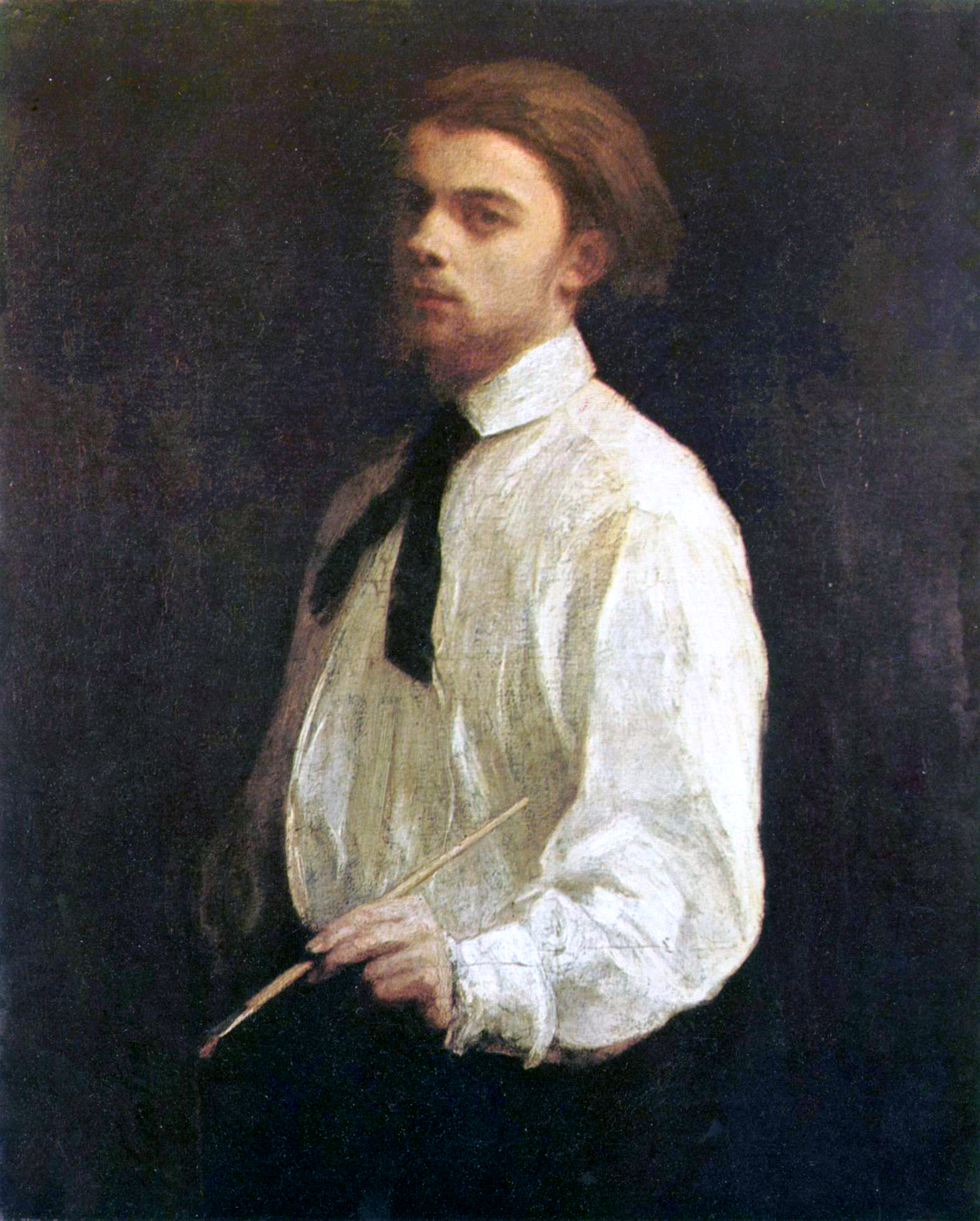
Henri Fantin-Latour was a French painter and lithographer renowned for his exquisite flower paintings and insightful group portraits of Parisian artists and writers. His artistic journey began in Grenoble, where he was born in 1836, but it flourished in Paris, where he moved at a young age to study art. Despite his associations with Impressionists like Édouard Manet and Claude Monet, Fantin-Latour carved his unique path, focusing on still life and portraiture rather than adopting the Impressionist style.
Henri Fantin-Latour's knack for capturing the essence of his subjects is evident in his group portraits, which were not just mere representations but insightful depictions of the artistic and literary circles of his time. His notable works like "A Studio at Les Batignolles" illustrate the camaraderie among artists like Manet, Renoir, and Monet, offering a window into the vibrant Parisian art scene of the 19th century. His still lifes, particularly his flower paintings, are celebrated for their realism and delicate precision, making them a favorite among collectors and art enthusiasts.
In addition to his painting, Henri Fantin-Latour's lithographs, inspired by classical music and imbued with a poetic and symbolic quality, reveal another dimension of his talent, showcasing his ability to transcend the boundaries of realism and delve into the realm of imagination.
For art collectors and experts, Henri Fantin-Latour's works offer a blend of technical mastery and a deep understanding of the interplay between art, music, and literature. His contributions to the art world are remembered and celebrated in museums around the globe, where his works continue to inspire and captivate audiences.
For those interested in exploring more about Henri Fantin-Latour's life and works, visiting exhibitions or keeping abreast of auctions featuring his art can provide valuable insights into his creative genius. To stay updated on related events and opportunities, consider subscribing to updates from art institutions or galleries specializing in 19th-century French art.





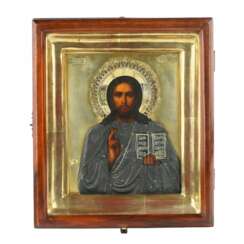

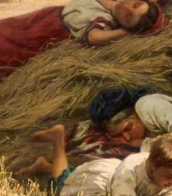
![Коран: Законодательная книга мохаммеданского вероучения / Пер. [с арабского яз.] и прил. к пер. Гордия Саблукова.](/assets/image/picture_4214537/8b44c/j3rrpyelbfk6p6myoftglm3tgotlvar0atxokesbwwxxg7rmdwlqpvwij78tf41726909505jpg__fix_374_244.jpeg)
![Коран: Законодательная книга мохаммеданского вероучения / Пер. [с арабского яз.] и прил. к пер. Гордия Саблукова.](https://veryimportantlot.com/assets/image/picture_4214537/8b44c/j3rrpyelbfk6p6myoftglm3tgotlvar0atxokesbwwxxg7rmdwlqpvwij78tf41726909505jpg__fix_374_244.jpeg)
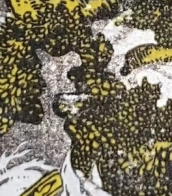


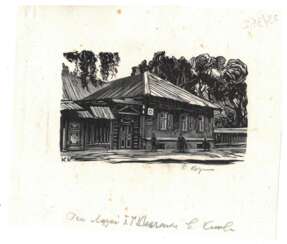

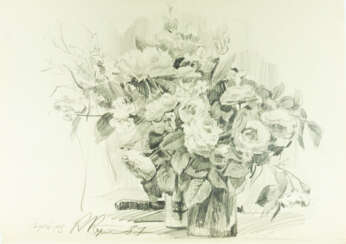

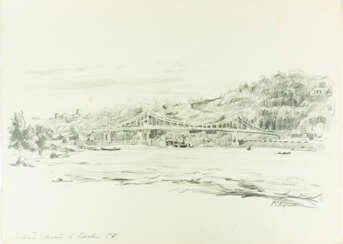

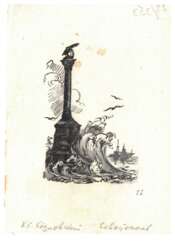

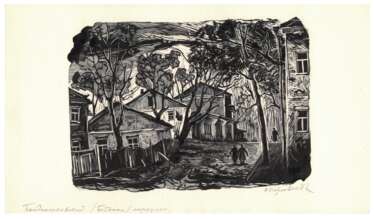

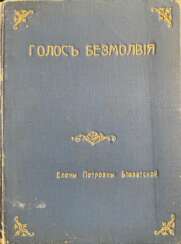

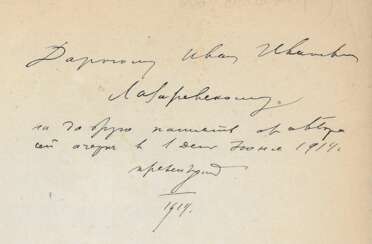



![Лукомский, Г.К. [автограф]. О некоторых памятниках старинной архитектуры Переславля-Залесского и о печальном состоянии памятников церковного зодчества Горицкого Переславльского монастыря / Г.К. Лукомский.](/assets/image/picture_2304878/66422/yvvplnnyynjjhwmfuq33zcnbnt5ricz-tawzj7kiytzxkstn6gb8ob9kdz5nyax1660135725jpg__fix_374_244.jpeg)
![Лукомский, Г.К. [автограф]. О некоторых памятниках старинной архитектуры Переславля-Залесского и о печальном состоянии памятников церковного зодчества Горицкого Переславльского монастыря / Г.К. Лукомский.](https://veryimportantlot.com/assets/image/picture_2304878/66422/yvvplnnyynjjhwmfuq33zcnbnt5ricz-tawzj7kiytzxkstn6gb8ob9kdz5nyax1660135725jpg__fix_374_244.jpeg)




